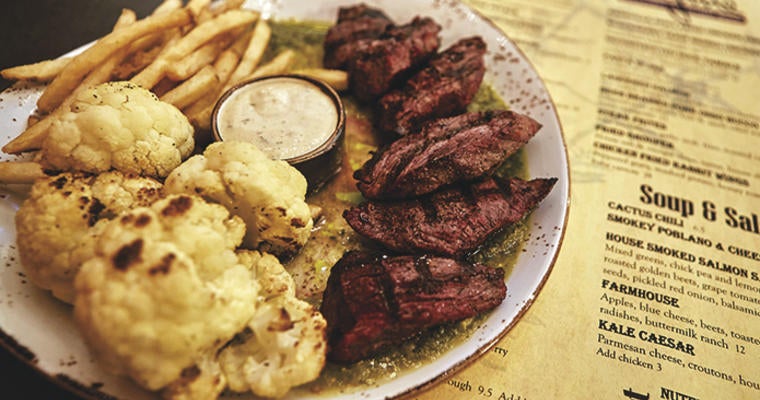Branding plays a big role in consumer choice and underscores the need to align your menu to your brand.
In this article, I wrote about using foundational principles to design a menu that sells. But even the best-designed menu is likely to fail if it doesn’t align with your brand. You need to define your brand before you can begin the process of menu redevelopment.
Branding has come to mean many different things, so I want to provide a definition to work from:
A brand is a promise to a defined audience—the customers you want to serve. It promises them a unique experience associated with distinct benefits that only you can offer.
Why is a clearly defined brand important? Because consumers use brands to make their dining choices. A strong brand is even more critical today, given the wide variety of new foodservice channels from which consumers may choose.
You’re not just competing with other restaurants these days; you’re also up against home-delivery outlets, “grocerants,” C-stores, even business and institution cafeterias. And you’re probably feeling the pinch; the NPD Group reported in 2015 that full-service restaurants have lost three dining incidents per year on average since 2008.
The lesson? Consumers are still eating; they’re just eating somewhere else. A strong brand can help you get them back.
I strongly suggest writing a formal brand statement that clearly expresses your brand promise. This will serve as a litmus test against which you can test your menu—and all your other business efforts—to ensure consistency with your brand.
5 ways to test your menu
Gordon Food Service has developed a Menu & Brand Worksheet that will help you confirm whether your current menu reflects your brand. It can guide you in evolving your menu to better support your brand. The Worksheet asks you to evaluate your menu in light of these questions:
1. Does my menu help target audiences recognize my operation?
2. Does my menu have a clear identity that helps me communicate what my operation is all about?
3. Do my target audiences understand what my menu promises?
4. Does my menu contain clear, concise messages that support my brand?
5. Do my target audiences consistently experience the promise of my brand through the menu?
The Worksheet walks you through each of these questions and assigns a numerical score based on your answers. Based on your score, you will want to stay the course with your menu, make some minor adjustments or strategize significant changes.
I’m betting you answered each of these questions in an instant, off the top of your head. But we want to know what your target audiences think, not what you think they think. The difference between the two perspectives can be startling.
3 ways to get customer insight
Use these strategies to explore customer perspectives:
1. Social media. Thanks to social media it’s easier than ever to get feedback from consumers, but it’s not quite as easy as posting a survey poll on your Facebook page. The key to using social media effectively is to create an environment of two-way conversation between you and your consumers, and among consumers themselves. Tracking these conversations over time will help you understand how target audiences actually perceive your brand and menu.
Social media is likely to provide the most accurate reading of menu brand impressions, but you should use other methods as well.
2. Technology. Consider adding a feedback mechanism to your website. For example, have your web designer set it up so anyone who looks at your online menu is asked to complete a survey. Ask what users expect your operation to look and feel like based on your menu.
Self-ordering kiosks, at-table ordering technologies and mobile ordering platforms also can incorporate feedback opportunities. An automated point-of-sale system provides another level of feedback by driving data-driven menu analysis, which you should perform annually.
3. The tried and true. Secret-shopping services and in-store comment cards have been used for decades, and they still work. Train staff to solicit and interpret in-person feedback, and frequent table touches by owners and managers are a must.
Be prepared to act according to your findings. For example, you may discover that your menu communicates your brand exactly, but the rest of your operation doesn’t deliver on its promise. If that’s the case, then it’s not the menu that needs work.
Knowing your brand and how your target audiences perceive it is critical to creating a winning menu and, hence, a successful operation. Start with the steps outlined above and be open to change.










